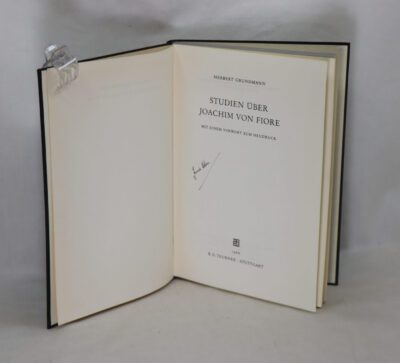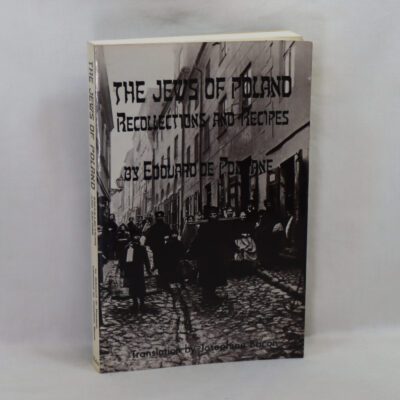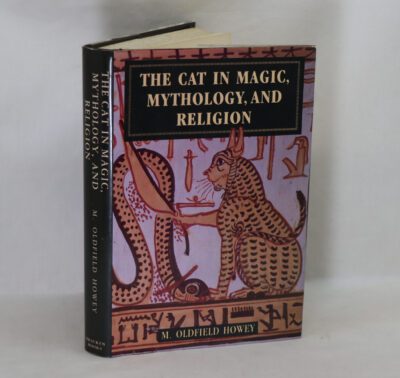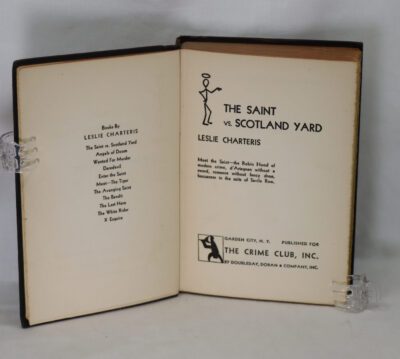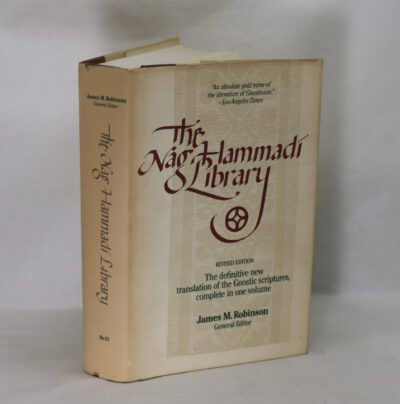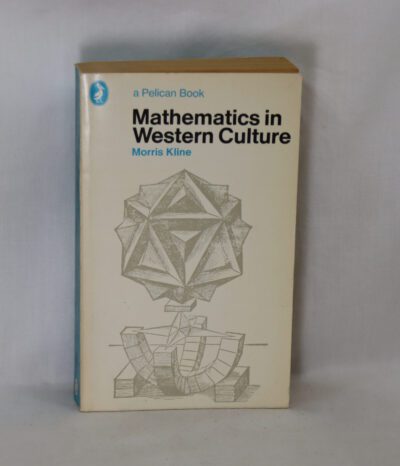Nostradamus.
By John Hogue
ISBN: 9781862043886
Printed: 2001
Publisher: Element Books. Dorset
| Dimensions | 16 × 24 × 5.5 cm |
|---|---|
| Language |
Language: English
Size (cminches): 16 x 24 x 5.5
Condition: Fine (See explanation of ratings)
Your items
Item information
Description
Softback. Red cover with gilt title and image of Nostradamus on the front board.
F.B.A. provides an in-depth photographic presentation of this item to stimulate your feeling and touch. More traditional book descriptions are immediately available.
This work contains the complete prophecies of Nostradamus, the 16th-century doctor and astrologist. This examination includes interpretations based on computer analysis.
The predictions of the prophet Nostradamus have fascinated and baffled the world as one after another has come true. As the millennium approaches, interest and speculation about what the future holds have never been stronger. An expert in the study of Nostradamus, John Hogue offers the most comprehensive examination of the complete prophecies ever written. The result of twenty years of research, among its treasures are a wealth of background information about the prophet, a chronological list of the prophecies and the first complete examination of quantum future prophecies. This exciting and compelling work is destined to become the standard work on Nostradamus.
Michel de Nostredame (December 1503 – July 1566), usually Latinised as Nostradamus, was a French astrologer, apothecary, physician, and reputed seer, who is best known for his book Les Prophéties (published in 1555), a collection of 942 poetic quatrains allegedly predicting future events.
Nostradamus’s father’s family had originally been Jewish, but had converted to Catholic Christianity a generation before Nostradamus was born. He studied at the University of Avignon, but was forced to leave after just over a year when the university closed due to an outbreak of the plague. He worked as an apothecary for several years before entering the University of Montpellier, hoping to earn a doctorate, but was almost immediately expelled after his work as an apothecary (a manual trade forbidden by university statutes) was discovered. He first married in 1531, but his wife and two children died in 1534 during another plague outbreak. He fought alongside doctors against the plague before remarrying to Anne Ponsarde, with whom he had six children. He wrote an almanac for 1550 and, as a result of its success, continued writing them for future years as he began working as an astrologer for various wealthy patrons. Catherine de’ Medici became one of his foremost supporters. His Les Prophéties, published in 1555, relied heavily on historical and literary precedent, and initially received mixed reception. He suffered from severe gout toward the end of his life, which eventually developed into edema. He died on 1 or 2 July 1566. Many popular authors have retold apocryphal legends about his life.
In the years since the publication of his Les Prophéties, Nostradamus has attracted many supporters, who, along with some of the popular press, credit him with having accurately predicted many major world events. Academic sources reject the notion that Nostradamus had any genuine supernatural prophetic abilities and maintain that the associations made between world events and Nostradamus’s quatrains are the result of (sometimes deliberate) misinterpretations or mistranslations. These academics also argue that Nostradamus’s predictions are characteristically vague, meaning they could be applied to virtually anything, and are useless for determining whether their author had any real prophetic powers.
Want to know more about this item?

Share this Page with a friend


